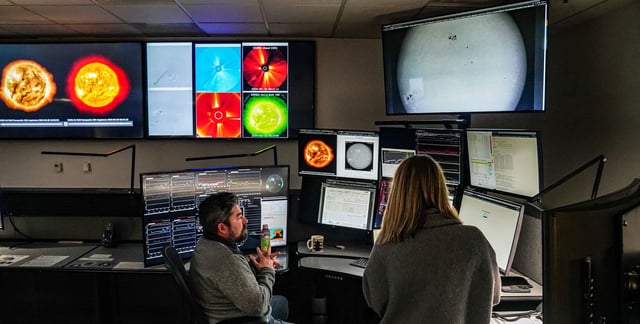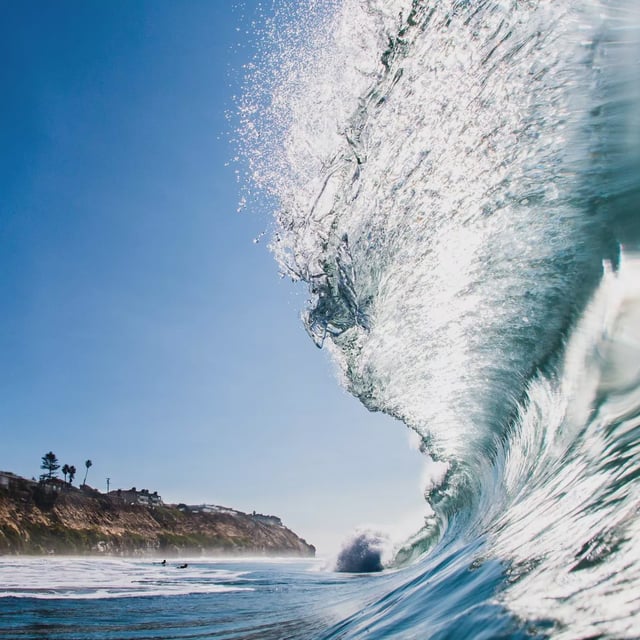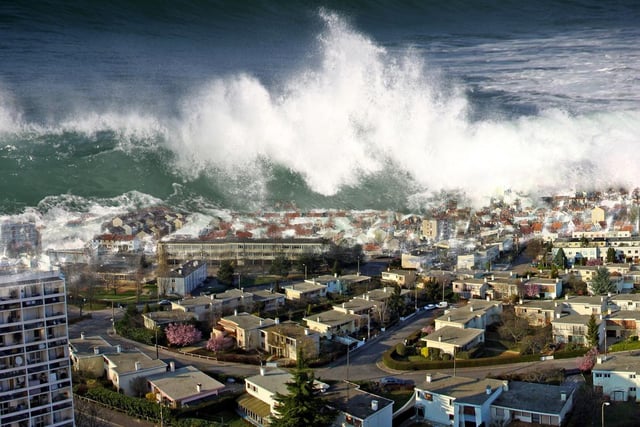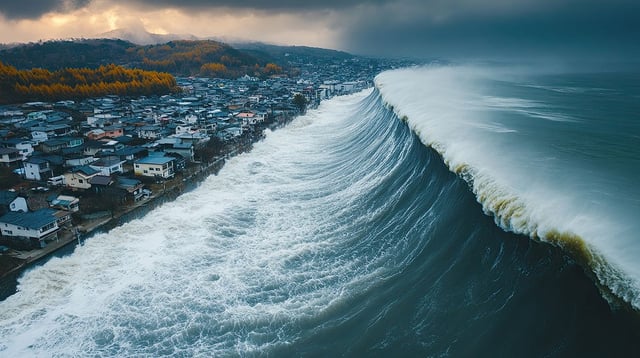Overview
- A Virginia Tech study published in the Proceedings of the National Academy of Sciences highlights a 15% probability of a magnitude 8.0+ earthquake along the Cascadia Subduction Zone within the next 50 years, with potential to trigger a devastating mega-tsunami.
- Alaska’s melting glaciers are destabilizing slopes, increasing the likelihood of landslide-induced tsunamis, similar to the 1958 Lituya Bay event, which generated a record-breaking 1,719-foot wave.
- Hawaii’s volcanic history includes massive collapses, such as the 1,000-foot wave that struck Lanai 105,000 years ago; ongoing volcanic activity on the Big Island continues to pose risks of future collapses.
- The USGS and FEMA estimate a 37% chance of a magnitude 8–9 earthquake in the Cascadia region within 50 years, with potential land subsidence of up to 6.5 feet worsening tsunami impacts.
- While the Cumbre Vieja volcanic collapse scenario remains debated, Alaska, Hawaii, and the US West Coast face more immediate and significant risks from geological and climate-driven triggers.



